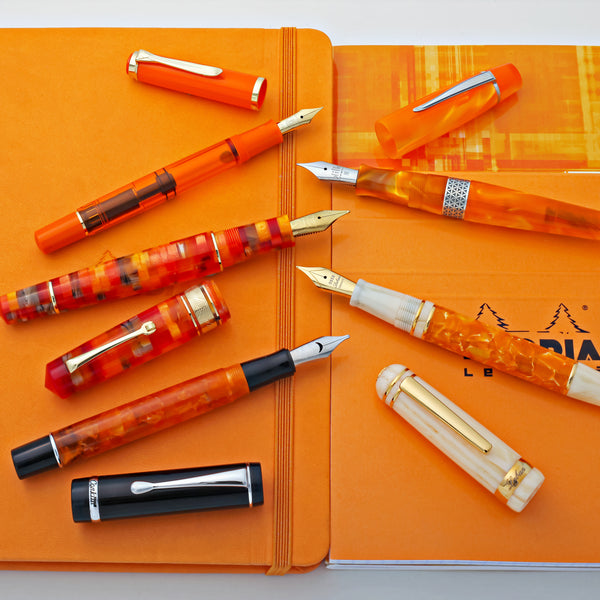Risks and Disadvantages of Inkwells
While inkwells are useful, they come with a few downsides. One of the primary concerns is spillage — an open inkwell can easily tip over, leading to messy ink accidents. Unlike an ink bottle, which often has a narrow opening to limit spills, inkwells tend to have wider mouths, making them more prone to leaks if knocked over.
Another issue is ink evaporation and contamination. If an inkwell is left open for long periods, the ink inside can slowly evaporate, leading to a thicker, more concentrated consistency. Additionally, dust and debris can find their way into the inkwell, potentially contaminating the ink. Regular cleaning is necessary to ensure the ink remains fresh and usable.
Finally, inkwells are not ideal for travel. Unlike ink bottles, which can be securely capped and packed, inkwells are meant to stay in one place. If portability is a priority, carrying an ink bottle or ink cartridges may be a better — and more stress-free — solution. Or, you can fill a portable ink well designed for travel.
An inkwell can be a valuable addition to any fountain pen enthusiast’s setup, offering convenience, improved ink management, and a touch of sophistication. Whether you opt for a traditional inkwell, an ink miser, or a prefilled system, each option has its unique benefits. With proper care and maintenance, an inkwell can make refilling your fountain pen easier and more enjoyable while keeping your writing desk looking organized. Make sure to check out our selection of inkwells to get started today!



